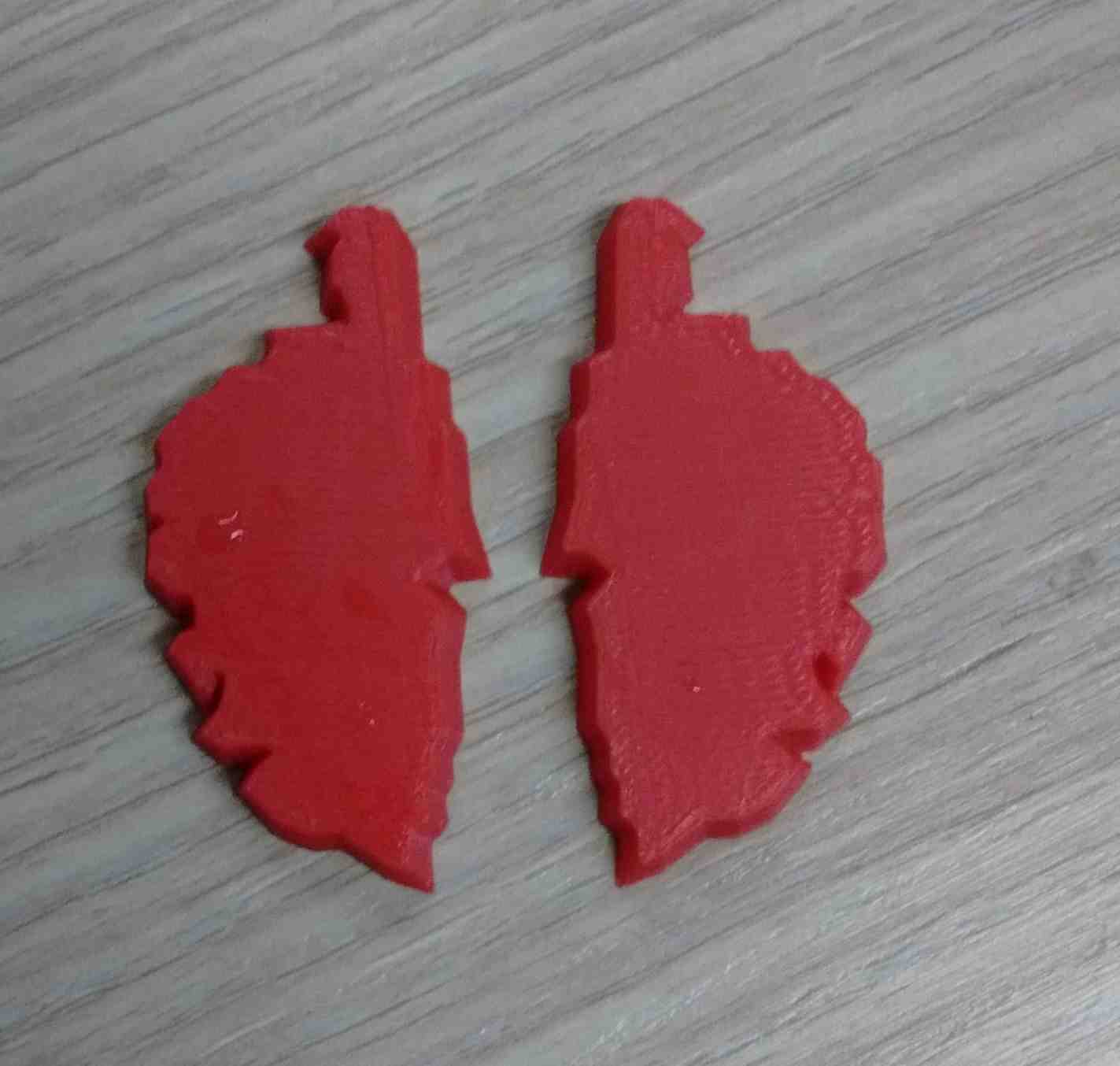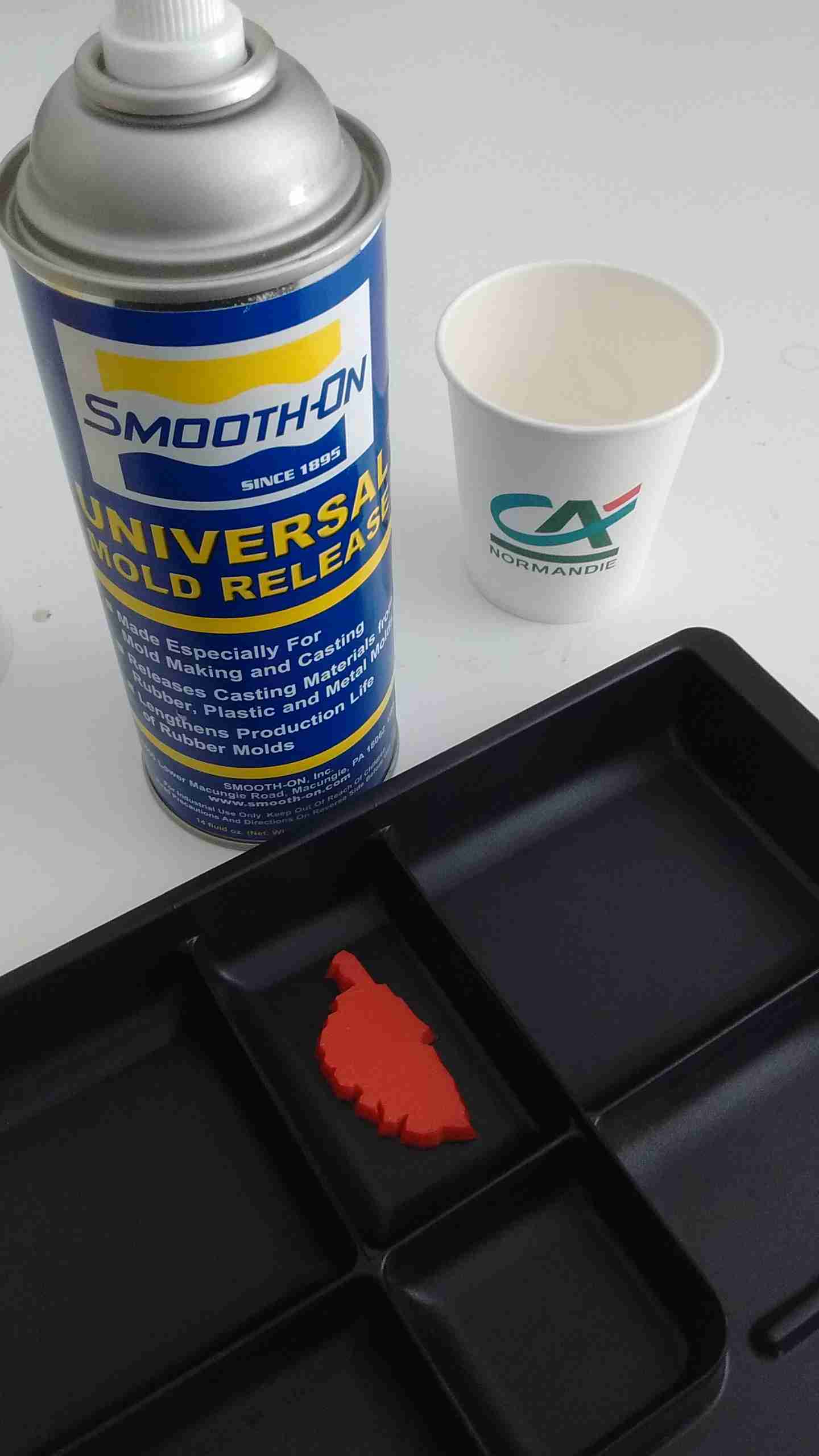Molding and Casting
This unit covers the basics of molding and casting. Having learned the hard way, the KIS principle is being applied with rigor in this unit. A simple mold was made based on basic map of Corsica using Solidworks, then printed using a 3D printer and cast in food-grade silicon. The result was a neat little mold that could be used for casting chocolate or wax to create a number of interesting products.
Designing the Pattern
The mold required an outline of the Corsican island, so a little googling found the image on the right. All that was necessary was an outline so the image was loaded into Solidworks and the line tool used to follow the outline of the image. The original jpg was removed from the layers open in the sketch. Extrusion with an angle was used to create a 3D object that could be printed. Before going to the next step an STL format file was create to be used as input to the 3D printer.
Making the physical model
The positive for the mold was made using a standard 3D printer. The STL file created by SolidWorks was loaded into Repetier-Host which generated the output data necessary for 3D printer. File was transferred and printed using SOP. The output was of good quality except the positive was reversed wrt to what was necessary for the mold. The second picture shows both positives - on the mirror image of the other.
Making the physical model
Finally, the positive was used to make the mold. Our instructor had the clever idea of using a desk drawer organizer as the bounding box for the mold. The first image on the left shows the 3D printed positive in the modular molding apparatus with release agent and sponsor's coffee cup in the background. Both release agent and coffee are critical during the molding process so the whole process runs smoothly. Note the release agent is applied to the inside of the molding frame not the coffee cup...
The food grade silicon was measured and mixed and poured into the mold making frame. The silicone was astonishingly viscous and I was suspicious the product would fill all the 'nooks and crannies'. It ended up working surprisingly well, though if this were to be done on a larger scale with a more complicated positive, the use of a vacuum degassing chamber might prove useful in improving the final quality of the mold. Measuring and mixing was also a relatively messy and inaccurate procedure so I imagine there are ways this process can be improved.
To-do
Add stuff that would be cool to investigate when time and resources permit.
Bibliography
This article discusses in great detail PCB milling with loads of information on V-engravers.



